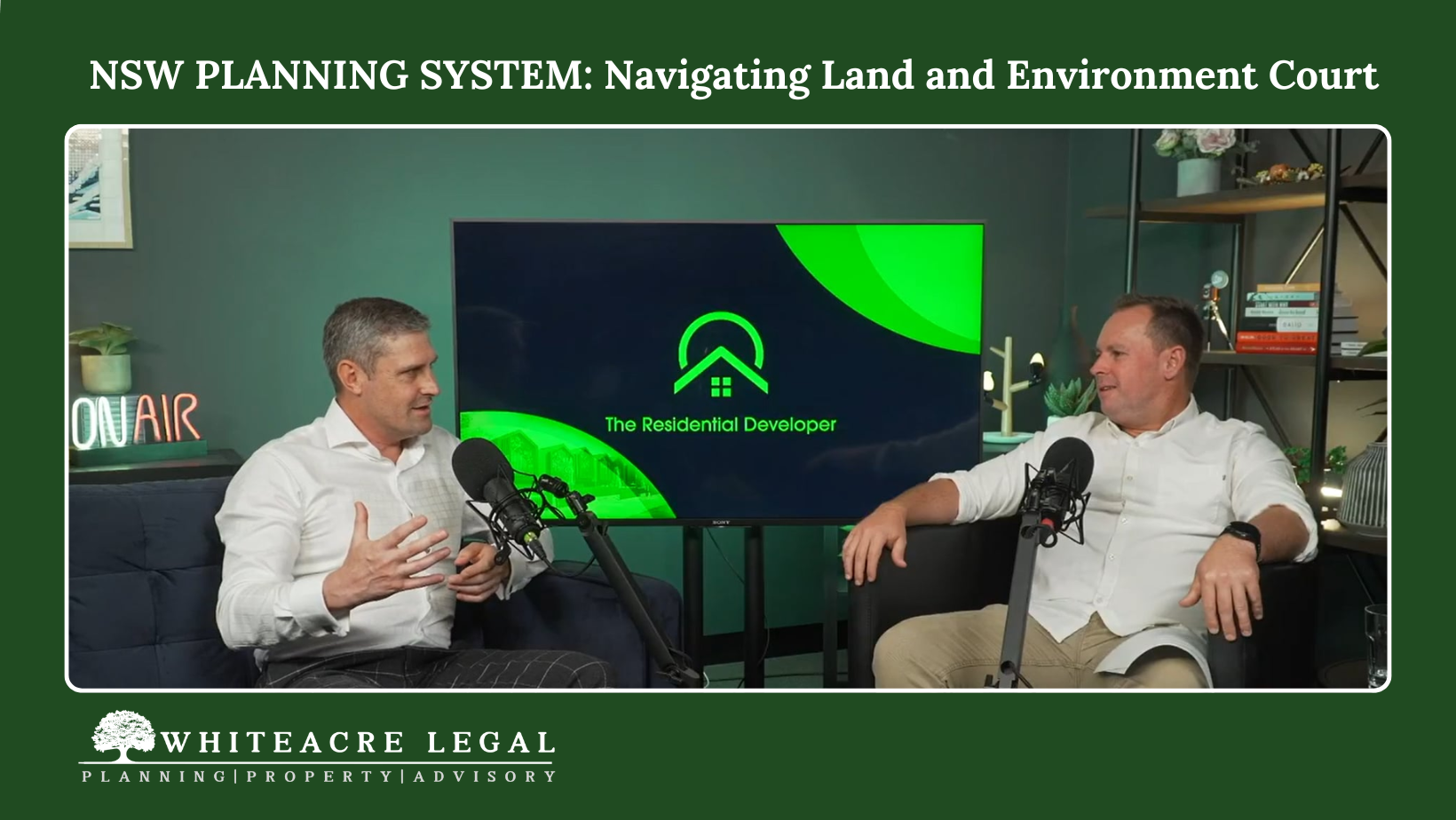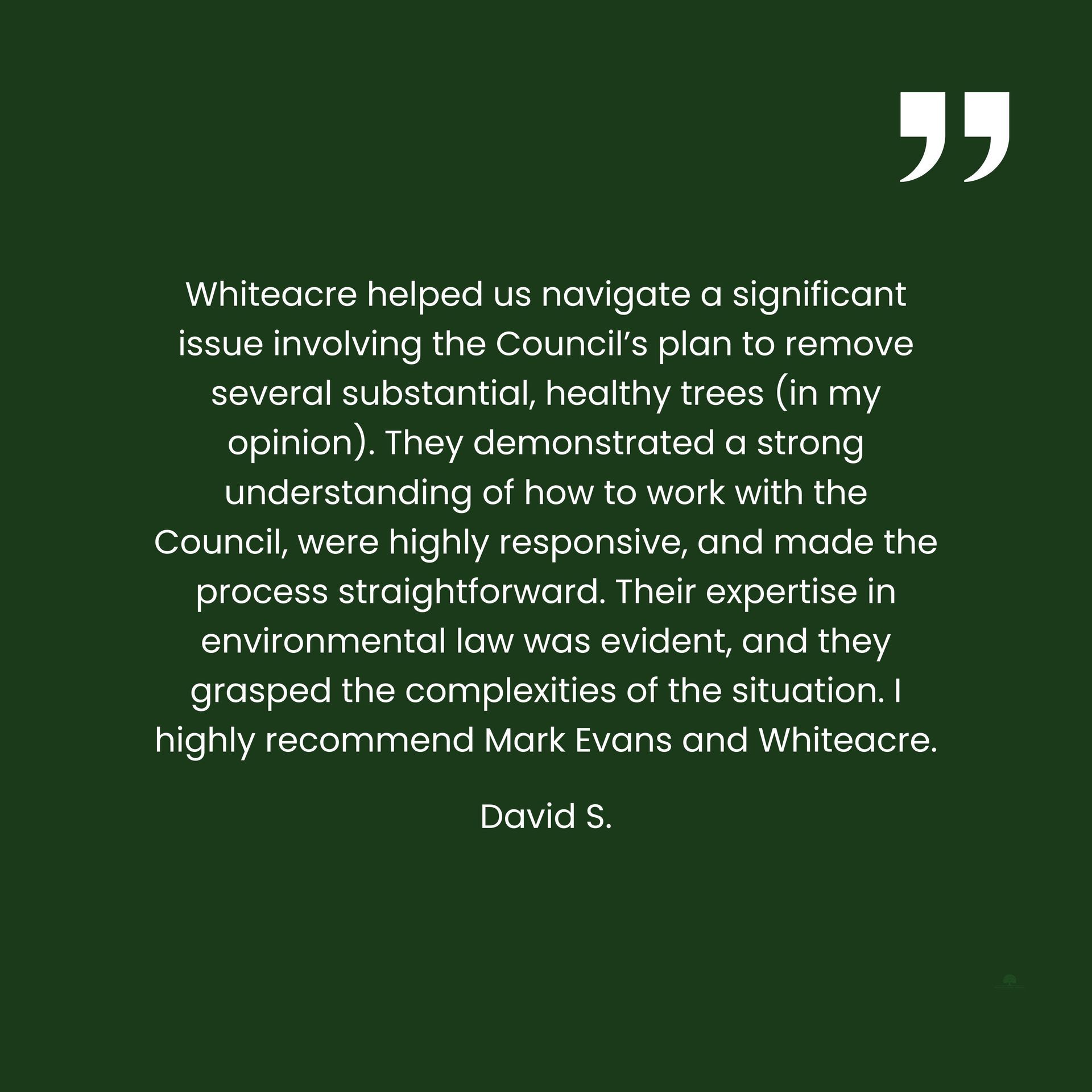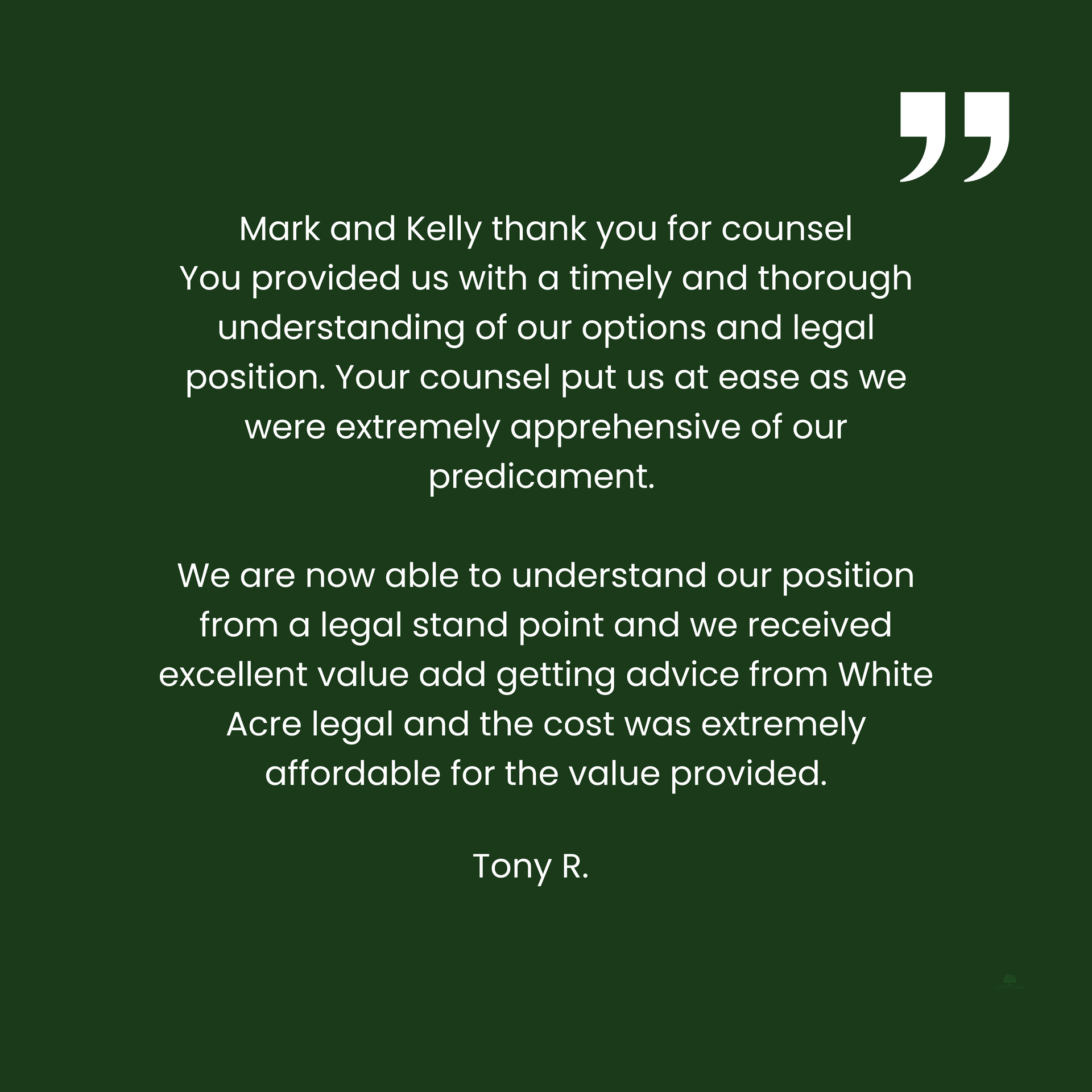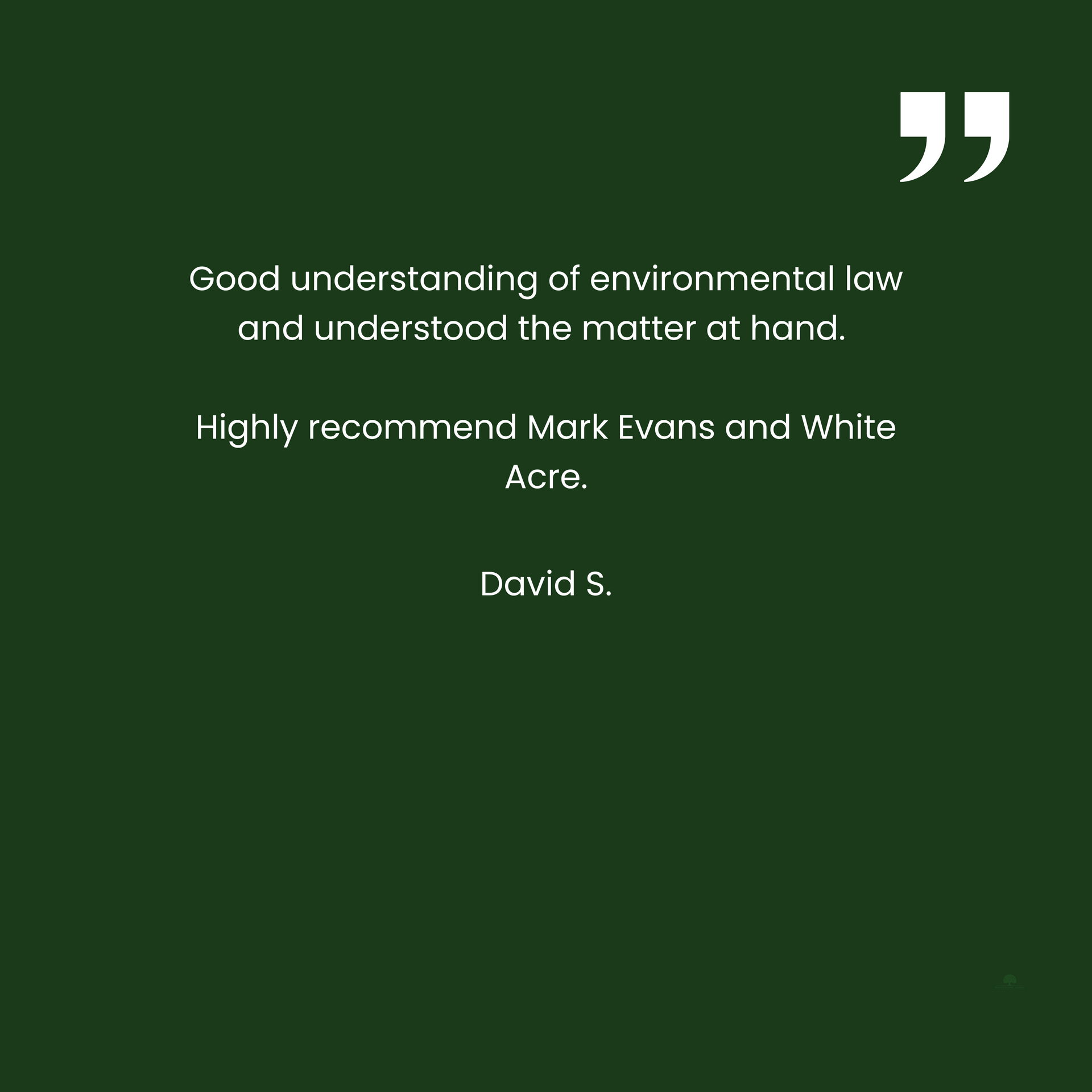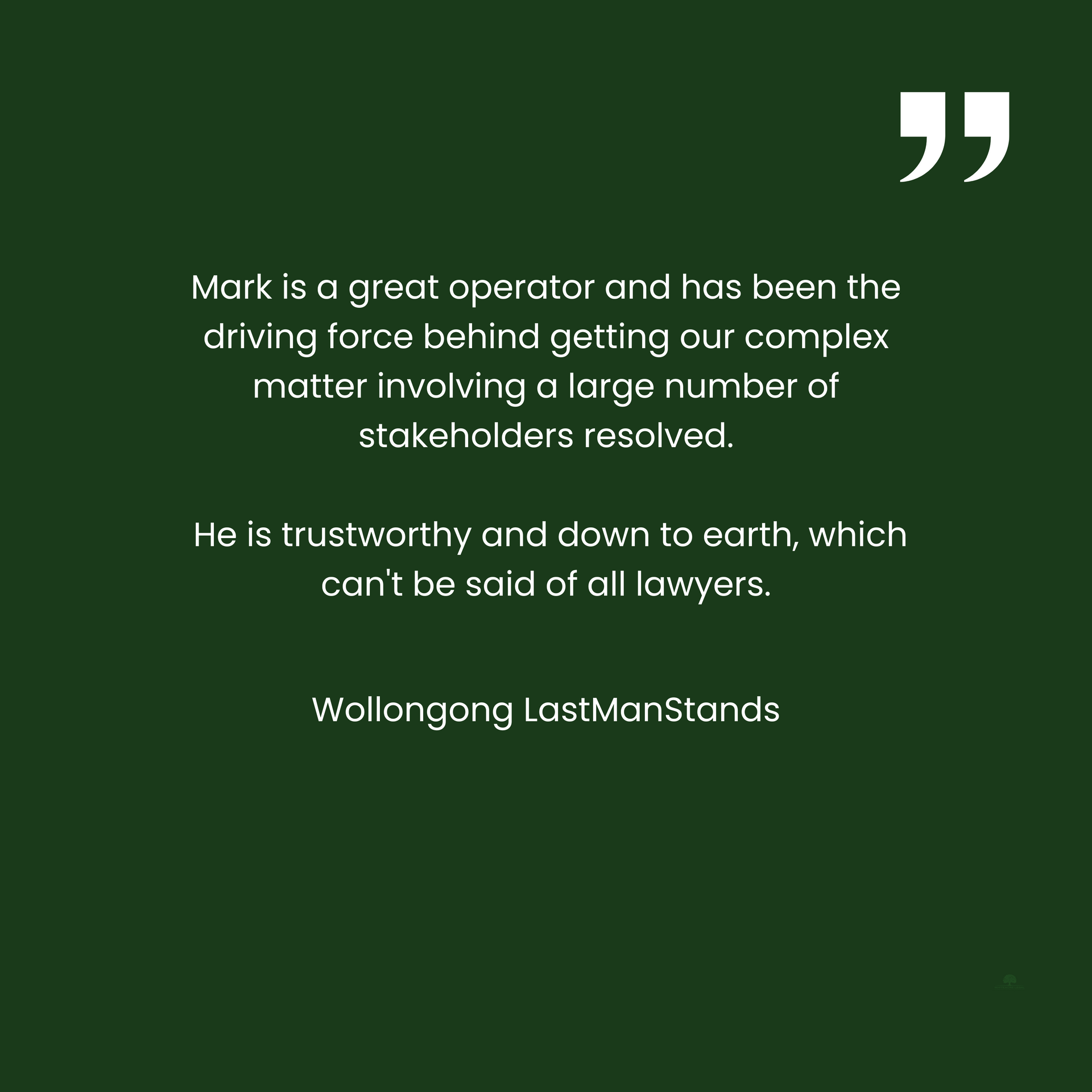What Is Compulsory Acquisition and How Does It Affect You?
Are you looking for a
planning lawyer that can help you deal with a compulsory acquisition matter? Whiteacre has got you covered! You can rely on us to achieve the best possible compensation outcome for your particular case.
When governments are faced with the need to build infrastructure or upgrade existing services, they can use what is known as compulsory acquisition.
This process allows the government to acquire privately owned land from owners, who get compensation in exchange. The primary objective of compulsory acquisition is to balance the rights of landowners with the needs of the community as a whole. However, it can be an intimidating prospect for landowners and other stakeholders involved in these processes. To learn more about compulsory acquisition and its implications for you, keep reading.
What is compulsory acquisition?
Compulsory acquisition is the exercise of power by a government department or institution to acquire private property for for a project that is in the public interest such as infrastructure, public safety or an emergency.
A compulsory acquisition can have a significant impact on those who own property in the path of the proposed project. The government can compulsorily acquire your land whether you want to sell or not.
Who is entitled to compensation?
Under the Act, all owners of property that are compulsorily acquired are entitled to compensation. This includes the owner of the land, as well as any other persons with an interest in the land, such as a mortgagee or tenant.
How is compensation calculated?
Section 55 of the Land Acquisition Act 1991 (NSW) sets out the principles for calculating just terms compensation. Compensation must be based on:
(a) the market value of the land on the date of its acquisition,
(b) any special value of the land to the person on the date of its acquisition,
(c) any loss attributable to severance,
(d) any loss attributable to disturbance,
(e) the disadvantage resulting from relocation,
(f) any increase or decrease in the value of any other land of the person at the date of acquisition which adjoins or is severed from the acquired land by reason of the carrying out of, or the proposal to carry out, the public purpose for which the land was acquired.
Here's what you can expect on each step of the compulsory acquisition process.
Land Acquisition Process
If you just got a notice of property acquisition Commencement Letter, also called an "Opening Letter," you will have at least 6 months to negotiate compensation.
1. Proposed Acquisition Notice (PAN)
The acquiring authority will issue a Proposed Acquisition Notice and start the compulsory acquisition process if an agreement is not achieved through negotiation within the first 6 months. The PAN must be issued at least 90 days prior to the land acquisitions
You can continue working to reach an agreement with the acquiring authority.
2. Land Acquired
If the compensation agreement is still not reached within 90-120 days after the PAN has been issued, the acquiring authority will compulsorily acquire the land affected.
An "Acquisition Notice" will be published in the Gazette.
This means that:
- the NSW Governor approved the acquisition
- following the publication, the compensation owed to you will be determined and;
- the acquiring authority is now the new owner of the land
You can seek legal and valuation advice.
3. Valuer-General Determines Compensation
If the landowner and the acquiring authority cannot agree on compensation, the matter is referred to the Valuer-General. The Valuer-General will determine the amount of compensation to be paid by the acquiring authority.
The Valuer-General shares all valuation information with you and the acquiring authority.
4. Preliminary Valuation Report Received
The Valuer-General will issue a Preliminary Valuation Report to both owner and acquiring authority, which sets out the proposed compensation. The owner then has 10 days to make feedback to the Valuer-General in response to the Preliminary Valuation Report.
5. Final Determination of Compensation Received
The Valuer-General will issue a Final Determination of Compensation, which is the amount of money to be paid by the acquiring authority to the owner for the acquisition of their land.
If the owner accepts the valuation, they will receive the compensation within 28 days and the land will be transferred to the acquiring authority. You have to complete and sign a Deed of Release and Indemnity, which will be provided by the acquiring authority and return this to them.
6. Objections to Compensation
If the owner does not agree with the valuation, you can ask Whiteacre to lodge an appeal with the NSW Land and Environment Court within 90 days of receiving the compensation notice from the acquiring authority.
The Court will hear both sides and make a decision on the matter. This decision is final.
Conclusion
Compulsory acquisition can be a stressful and confusing process, but it is important to remember that you do have legal rights and options throughout. If you are ever unsure of what to do or where to turn, seek professional legal and/or valuation advice as soon as possible.
Whiteacre Legal can help you every step of the way, from negotiating with the acquiring authority to lodging an appeal. We will make sure that you will get the full compensation that you are entitled to. Contact us today for an initial consultation.
Require further assistance? please do not hesitate to call us on (02) 9145 0900 or make an enquiry below.
Browse by categories

Servicing all of NSW, Whiteacre provides expert property law and planning and environment law advice and assistance.
✓ Planning Law Advice
✓ Land and Environment Court Appeals
✓ Voluntary Planning Agreements and Contributions
✓ Development Control Orders and Enforcement
✓ Property Development Advice and Due Diligence
✓ Title Structuring
✓ Easements and Covenants
✓
Strata and Community Title legislation
Book an initial consultation through our website with our planning law solicitor. Whether it's about planning and environment law or property law, you can approach us and discuss your matter to make sure we are a good fit for your requirements.


